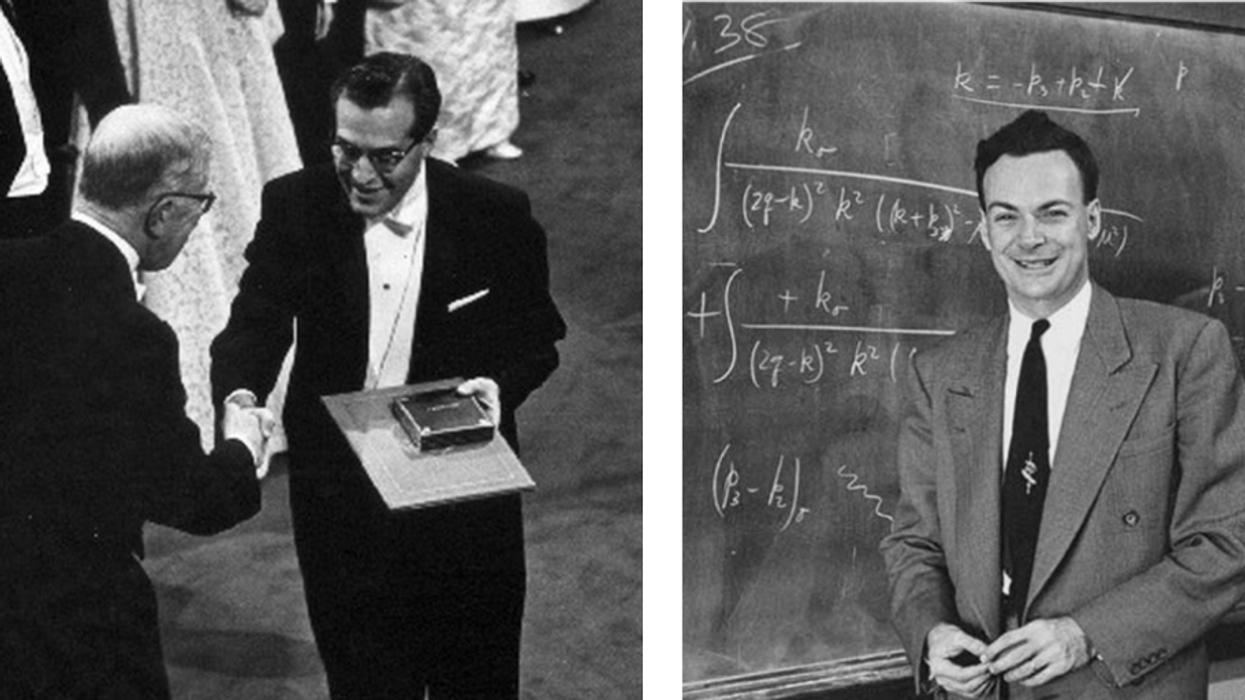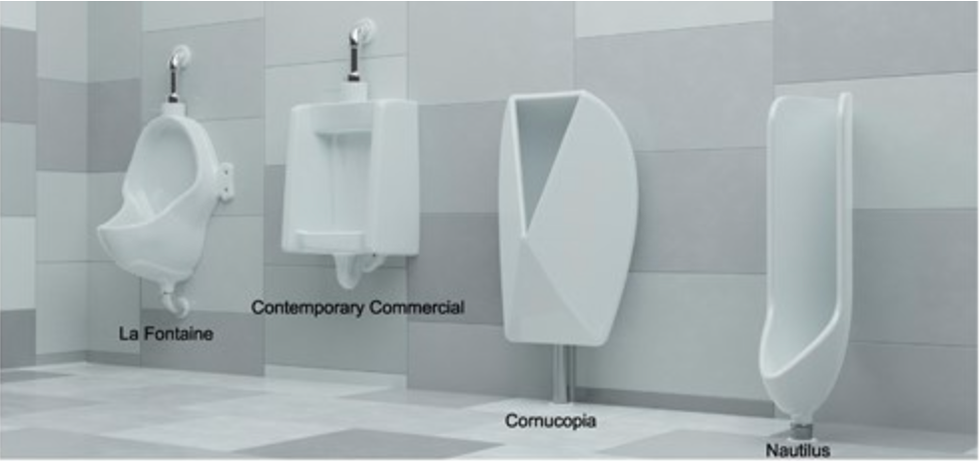Ancient Greek philosopher Plato once said, "reality is created by the mind, we can change our reality by changing our mind." For Arizona man Noland Arbaugh, this proverb has become a reality. He performs tasks by simply thinking, such as controlling a computer with his thoughts. Noland, a 30-year-old quadriplegic, became the first person to receive Elon Musk's Neuralink brain implant chip, known as "The Link" or “Telepathy.” A few months after the implantation, he shared how his life has changed.
Before the implant, Noland used a mouth-stick to operate his computer. After getting the chip installed, Neuralink reported in a blog post that he set a world record for human BCI (Brain Chip Interface) cursor control. “It’s just made me more independent, and that helps not only me but everyone around me. It makes me feel less helpless and like less of a burden,” he told Wired, and added, “I love the fact that the people around me don’t have to wait on me so much. Outside of being completely healed, I believe what most quadriplegics want is independence.”
Noland became paralyzed from the shoulders down after a spinal cord injury from jumping into a lake and hitting something. The brain chip was implanted in his head eight years after his accident, on January 28, 2024.
According to BuiltIn, this futuristic device is a coin-sized chip consisting of thousands of wires. It is surgically embedded in the skull, where it receives information from neural threads that spread out into different sections of a subject’s brain in control of motor skills. Each wire contains sensors capable of recording and emitting electrical currents that are quite smooth.
However, despite having such a complex labyrinth inlaid into his brain space, he feels normal. "If I had lost my memory, and I woke up, and you told me there was something implanted in my brain, then I probably wouldn’t believe you,” he told Live Science, “I have no sensation of it—no way of telling it’s there unless someone goes and physically pushes on it."

In fact, the device has transformed his life like he had never imagined. After feeling grief thinking that he was a burden on his family, now he feels full control over his life. "I can control a computer just like anyone else can, which is not something I was able to do beforehand," Noland told Good Morning America. The brain chip inserted in Noland’s skull works by recording electrical activity in his brain and translating the data into output actions, such as moving a finger, opening and closing hands, clicking a computer mouse, and so on.
Neuralink reported that, in the weeks following the surgery, Noland was able to successfully use the implant to control his laptop while lying down in bed. The company also reported that multiple threads retracted from his brain, reducing the number of effective electrodes.
A week or two later, Noland started experiencing difficulties with the device. Some threads in the BCI had become loose, which hampered the performance of the chip. Noland was suddenly at a standstill. He didn’t want to lose the independence his new life had proffered him. "It was very, very hard to give up all of the amazing things that I was able to do. I think I had cried, basically, afterward."
But his nightmare didn’t last long, for Neuralink was able to make some technical changes that fixed the issues, said Neuralink co-founder DJ Seo to Good Morning America. "We rolled up our sleeves and found various ways for Nolan to be able to recover his performance," he added, "Ever since then, he's been able to do better than what he's been able to do before this."
In their blog post, Neuralink described the modifications they made to the device. "We modified the recording algorithm to be more sensitive to neural population signals, improved the techniques to translate these signals into cursor movements, and enhanced the user interface," the engineers explained.

Previously, this neural implant had only been tested on rats, mice, monkeys, sheep, and pigs. But after opting to become the first person to receive a brain chip implant, Noland said he is optimistic for the future that paralyzed people like him won’t have to suffer as much. "It's going to be amazing when someone can have a spinal cord injury, go into a hospital, get surgery, and walk out a couple of days later," he said, adding, "I think it's gonna happen."
Currently, he posts regularly on X writing how he operates the computer, creating memes on his phone, and doing as much as everything just by the power of his thoughts. On his X cover, he shares the image of “Charles Darwin’s Theory of Evolution” diagram with a new phase of evolution added to it in which a man in a wheelchair is portrayed to be communicating with his thought signals. And like this man in the picture, Noland operates his world by controlling his thoughts. Thoughts become things!

















 Rock deterioration has damaged some of the inscriptions, but they remain visible. Renan Rodrigues Chandu and Pedro Arcanjo José Feitosa, and the Casa Grande boys
Rock deterioration has damaged some of the inscriptions, but they remain visible. Renan Rodrigues Chandu and Pedro Arcanjo José Feitosa, and the Casa Grande boys The Serrote do Letreiro site continues to provide rich insights into ancient life.
The Serrote do Letreiro site continues to provide rich insights into ancient life.




 Music isn't just good for social bonding.Photo credit: Canva
Music isn't just good for social bonding.Photo credit: Canva Our genes may influence our love of music more than we realize.Photo credit: Canva
Our genes may influence our love of music more than we realize.Photo credit: Canva
 Great White Sharks GIF by Shark Week
Great White Sharks GIF by Shark Week

 Blue Ghost Mission 1 - Sunset Panorama GlowPhoto credit:
Blue Ghost Mission 1 - Sunset Panorama GlowPhoto credit: